Railway Journeys in Art Volume 1: Scotland (Poster to Poster Series 1)
£30.40£33.30 (-9%)
The Railway Journeys in Art series is a nine-volume definitive collection of railway posters from Britain, Europe, Australia and North America. Each volume is a mixture of travel documentary, geographical and historical study, graphic artists reference and poster database all interlinked using the central theme of railway posters. Volume 1: Scotland is a good place to start. It won the Scottish non-fiction book of the year when published. It has a rich history, wonderful geography and unique culture. More than 330 Scottish posters, many previously unpublished in books, are included, and a comprehensive text not only gives details about the poster, but also the region or service to which it refers, with an emphasis on the history behind the poster. The text is detailed, very readable and enjoyable. Indeed you can journey around Scotland without leaving your seat, through the medium of the posters and text.
Read more
Additional information
| Publisher | First Edition (20 July 2009), JDF & Associates Ltd |
|---|---|
| Language | English |
| Hardcover | 256 pages |
| ISBN-10 | 0956209203 |
| ISBN-13 | 978-0956209207 |
| Dimensions | 31.3 x 2.4 x 23.7 cm |




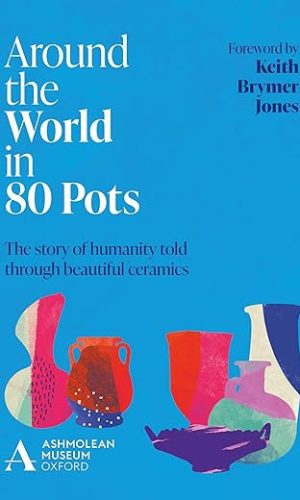
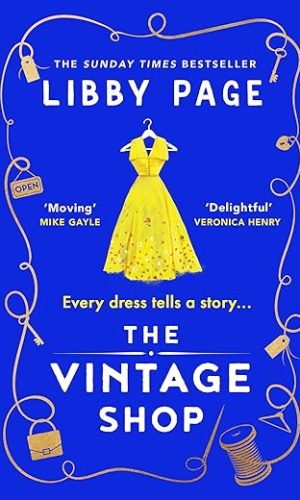
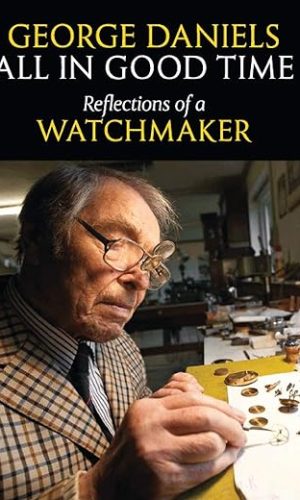
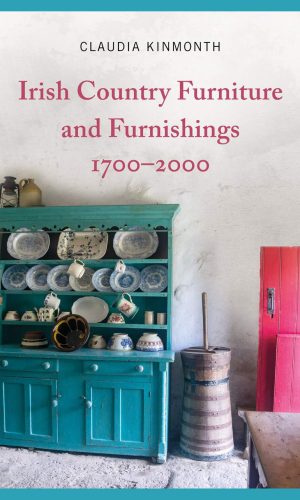

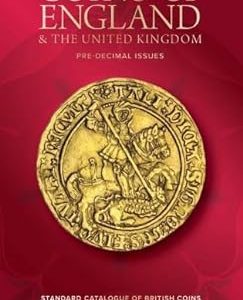


by ross brown
A good ‘coffee table’book offering attractive memories and views of Scotland. A nice souvenir that will be of continuing interest
by Ann Clarence
Beautifully produced book; would make an excellent gift for someone interested in rail travel, graphic art posters or Scotland’s landscape.
by metalhip
If you crave for those far off, carefree, not a care in the world days then just bury your head in this book!!! Time travel is possible!!! Richard Furness has once again compiled a brilliant social history of railway poster art and his time and effort spent scouring the archives for these gems must be commended. The book itself is well presented and reproduction is great. One does wonder however why the publishers thought fit to produce the book in the horizontal rather than the vertical format as I seem to remember that most posters are in the vertical?!!! A little niggle but don’t get me wrong, I still think this is a book worth buying. It does make a change to see the other side of railway history, there should be more attention paid to this genre of book. Don’t be put off by the price – this has been money well spent and I can’t wait for the next offering!!!
by Crewe 5A
This is a wonderful book that would satisfy not only the railway enthusiast with its wealth of detail, but also the dedicated lover of Scottish scenery thanks to the quality reproduction of memorable scenic posters.
by RICHARD BROUGH
An Amazing Book with Impressive illustrations ,Beautifully reproduced a great Read for anyone interested in the History of the Railways in Scotland & Art.
Looking forward to Volume 6 The North-West .
by Stuart
beautiful book with a fascinating collection of railway posters from Scotland. also see other volumes in the series which are excellent too.
by Haus Frau
Nostalgic.
by Vinyl obsessive
(Revised following a second reading)
This book is wonderful to look at, with the sumptuous illustrations all beautifully reproduced. Unfortunately, the narrative has a number of shortcomings that could have been tidied up by some judicious editing and more thorough proof-reading.
There are a number of fairly basic errors, such as the suggestion on page 65 that a Black Five is seen ‘trudging up the glen from Callander’, when it is, in fact, depicted coasting down the 1 in 60 gradient through Glenogle, and a similar misconception (ref page 184) that a Duchess Pacific is seen on a ‘southbound’ express when it’s actually heading north (at Harthope)!
Some dates given are clearly wrong; Terence Cuneo’s famous poster of the Tay Bridge is dated “1952” in the main body (page 59), something which I was prepared to write off as a typographical error. However, in the database (page 222) this work is attributed to “1957”, whilst in the contents (page iv) the date is given as “1960”. None of which can be right, on the simple grounds that the principal subject of the painting is an English Electric Type 4 diesel (Class 40), with a front end yellow warning panel, which places the scene as dating from no earlier than the summer of 1962! (I suspect that this poster actually dates from 1964).
It seems that authors these days are invariably prone to “enhance” texts with personal anecdotes, and this book features a number of such additions of dubious value or interest that detract somewhat from the narrative.
But these gripes (amongst, I’m afraid, several others*) apart, this is a truly gorgeous book and deserving of high praise for quality of reproduction and depth of research insofar as the posters themselves are concerned. So, notwithstanding the above concerns, it still warrants five stars! I just hope that by the time Dr Furness gets to the south of England he gives the South East & Chatham Railway (sic), referred to in such a manner on two occasions, its correct designation!
*page 19 – the reference to Edward I taking away the Stone of Destiny `600 years ago’ is 100 years off the mark.
Page 25 – in reference to Peebles “…there used to be a train station here…”(sic). There were two railway stations in Peebles; ex-Caledonian Railway, on the branch from Symington, closed in 1952; and ex-North British Railway, on the `Peebles Loop’, closed in 1962
Page 38 The statement that “Mary Queen of Scots…held the crowns of England, France, Ireland and Scotland for a brief period” (sic) is clearly erroneous.
Pages 56/57 – if St. Andrews (population 14,000) is claimed to be a “city” (there are no fewer than five such references in the space of seven sentences, presumably on the strength of its medieval, ecclesiastical status and more recent poetic references), then why is Stirling (population 42,000 – i.e. three times the size of St Andrews) said to be (correctly) Scotland’s “smallest city”? (page 150)
page 65 – the line from Balquidder, via Lochearnhead, to Comrie closed in 1951, not 1964 as suggested. Only the eastern rump of the through route, from Comrie to Crieff, survived until 1964.
Page 67 – Kirriemuir was the terminus of a distinct branch from the Caledonian main line; not “on the same loop” as Glamis.
Page 68 – the distance from Arbroath to Montrose is 14¾ miles, not “21 miles” as stated. A similar error is made in Vol 2, in quoting the distance from Robin Hood’s Bay to Scarborough as “11 miles” – whereas, in reality, it is 15 miles.
Page 97 – Culloden is to the east of Inverness, not to the west, as stated.
Page 99 – given that the Caledonian Canal was constructed between 1803 and 1822, as stated correctly, it is misleading to have stated in the preceding paragraph that it dates from the “early Victorian era” (which, self-evidently, began fifteen years after the completion of the canal). Moreover, can it really be said that the Caledonian canal “meanders” (sic) from Inverness to Corpach; surely it is one of the most direct watercourses of any significant length in the world?!
Page 129 (twice), page 136 and page 146 – “Crianlarich” is misspelt as “Crianlarach”
Page 158 – `DMU’ (i.e. diesel multiple unit) should read `EMU’ i.e. `electric multiple unit’ (a similar error is made on page 21 of Vol 3, where an AM4 (later, class 304) EMU, a strict contemporary of the `modern’ AL1 (later, class 81) locomotive seen alongside in the poster being described, is dismissed as an “old-fashioned DMU”).
Finally, a rather less serious point, though one which again reflects two further misconceptions on the part of the author. It might be noted that “our trusty steed” with supposed “magical powers”, i.e. A4 Pacific no. ‘60027’, which is a recurring feature of the first half of the text (page 12 et seq), as it ‘transports us’ north and along the east coast of Scotland, could not possibly have done so bearing that number at the head of the “Coronation”, as this titled train was not restored post-WW2 in BR days! In the event that ‘Merlin’ ever did haul the “Coronation” as a substitute for one of the five A4s specifically allocated to the service (nos 4488-92 inclusive; i.e. the ’empire’ locos named after South Africa, Canada, India, Australia and New Zealand respectively), then the original, pre-war number of ‘Merlin’, no. `4486′, would be more appropriate). Moreover, this particular `Merlin’ was, of course, named after a small, rather unprepossessing falcon; not, as suggested, after the Arthurian character!
I acknowledge that some or all of the above (together with similar comments made in respect of other volumes in the series) may be thought to be little more than ‘nit-picking’, and of limited concern to many ‘laymen’ readers who will simply enjoy these books for the sumptuous illustrations, as evidenced by the praise from other reviewers. Although the idea that Mary Queen of Scots ruled England surely deserves to be challenged in any circumstances! But the criticism levelled, which I hope the publishers will take in good heart, is born of sheer frustration at the fact that these gorgeous looking books could be so much more satisfying – and their reputation enhanced – if a few more pairs of eyes looked over the text before they were actually sent to press.